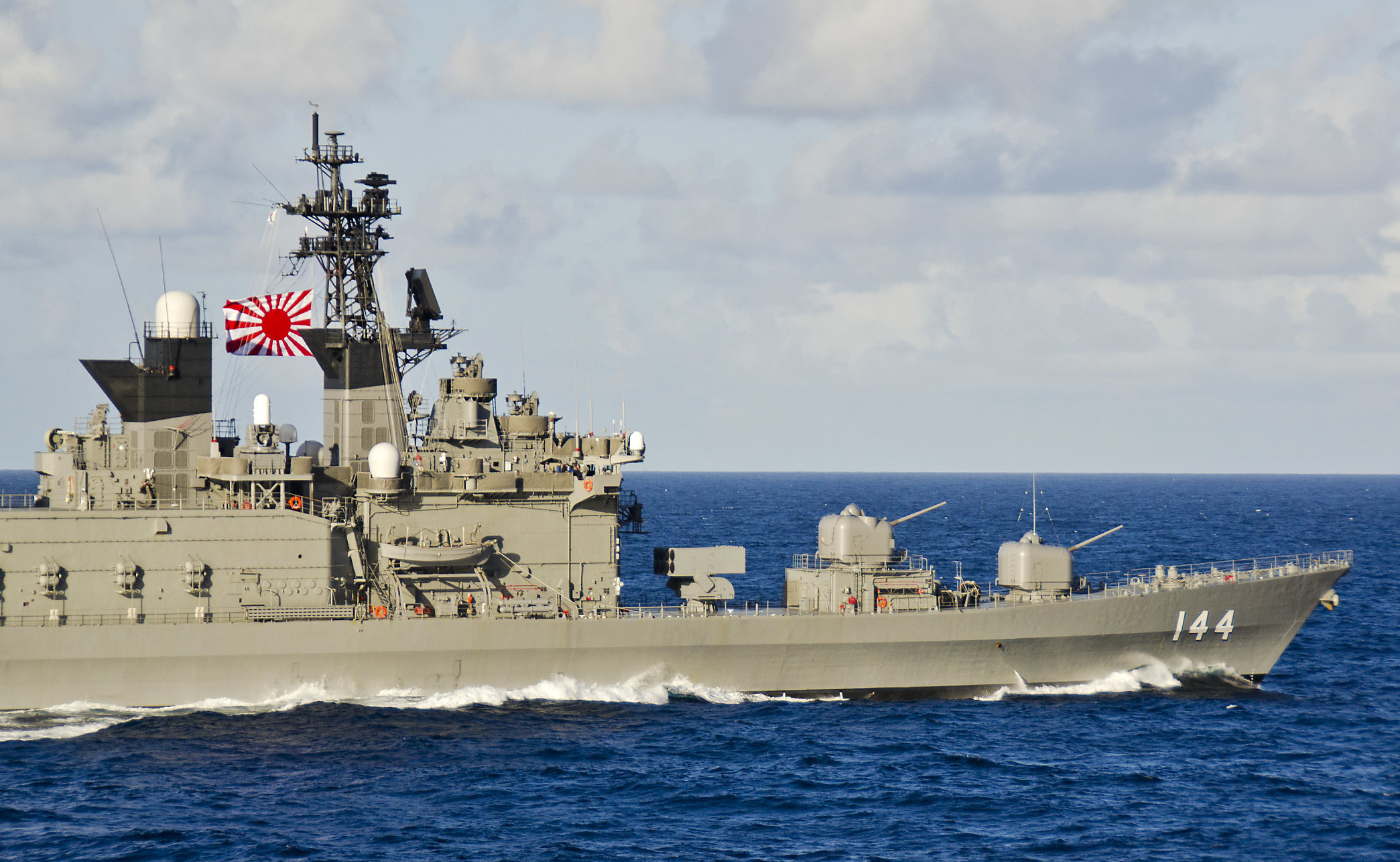Several weeks ago, I wrote of the resurgence of Japanese prime minister Shinzo Abe. I focused on the process by which he plans and hopes to reinvigorate a flagging Japanese economy, and only hinted at the role his nationalist ambitions might play in the ongoing territorial dispute between Japan and its great neighbor across the East China Sea. The conflict centers on the Senkaku (or Diaoyu to the Chinese), a group of deserted islands that lie to the northeast of Taiwan. Annexed by Japan in 1898, under U.S. control between 1945 and 1972, and privately held by a Japanese family since 2002, in September of last year the islands were nationalized by the Japanese government at a cost of 2.05 billion yen. The decision kindled the flames of an age-old conflict between Japan and China and the status of the islands has been at the forefront of Sino-Japanese relations since. China’s claims to the islands rest on historical ties and legislation drafted at Potsdam at the close of World War II that allowed the Allies to determine what minor islands the Japanese would or would not control. Japan believes that their traditional sovereignty over the islands should not and cannot even be disputed, and that the Chinese only began to clamor for control after oil and gas reserves were discovered in the area in 1968.
Sea-going spats between the Japanese and Chinese have become common place, causing some to wonder if war is around the corner. Most recently, Japan has accused China of targeting warships with weapons radars. China retorted by denying the allegations and accusing Japan of needlessly increasing tensions. Both Japan and China can make legitimate cases for sovereignty, and while the likely presence of untapped natural resources makes these islands valuable, the question remains whether they are valuable enough that each nation will decide to devolve into war on that issue and that issue alone. There is likely something more at stake. In both Japan and China the islands are highly politicized, symbols of deep-seated beliefs about identity and national character. In Japan, the Senkaku represent a growing tide of nationalism and a reactionary push back against an emerging Asia (with China at the helm) that is preparing to leave Japan behind. Japan, for all its posturing about refusing to become a “second-tier nation,” seems to be afraid of losing the political dominance it has so long enjoyed in the region. In China, ownership of the islands would represent a political manifestation of economic growth. It is only fitting that they now seek to expand the reach of their law as they have that of their checkbooks.
The United States, for their part, have responded to the conflict with the political dodging one would expect from a nation caught in between a dispute between the two most powerful states in Asia. Traditionally, mainly due to Cold-War era sentiments and close post-World War II ties to Japan, the U.S. has maintained Japanese control of the islands. The passage of this year’s National Defense Authorization Act seemed to continue such a trend (see Sect. 1286), albeit with convoluted Orwellian poli-speak–Congress refused to acknowledge a sovereign but supported Japanese control–as did John Kerry’s inaugural trip abroad as Secretary of State (at least according to the Japanese press). What is most interesting of note in the Defense Authorization Act, and something subsequently reaffirmed by Kerry in Japan, was the United States pledge to defend Japan in the case of outside attack. The pledge stems from the 1960 Treaty of Mutual Cooperation and Security between the two countries, and places the U.S. in a highly undesirable position. Though the sizable and dominant U.S. presence in East Asia (Okinawa is only a few hundred miles from the Senkaku) could be threatened by a Chinese move, the U.S. has infinitely more to lose than gain from intervention if diplomacy between Japan and China break down. It needn’t be said that the U.S. could do better than to pick up arms against a nation that currently holds over 1.2 trillion dollars worth of U.S. bonds. And so as the U.S. undergoes what the Obama administration calls an “Asian Pivot,” they might do well to enact another pivot as well. By the end of 2014, when the U.S. withdraws from Afghanistan, they will have been engaged in armed conflict abroad for 13 straight years. Part of President Obama’s shift to the East will involve a heightened military presence in Asia, yet no longer can America afford to be hawkish, there or anywhere else. The key to upholding American influence in Asia, if that is indeed the accepted goal, is to yield to an inevitable weakening of control in the region. If or when the Senkaku dispute becomes more than a political conflict, and if or when they are pushed to pick up arms against China, let’s hope the United States has the courage to do nothing.
